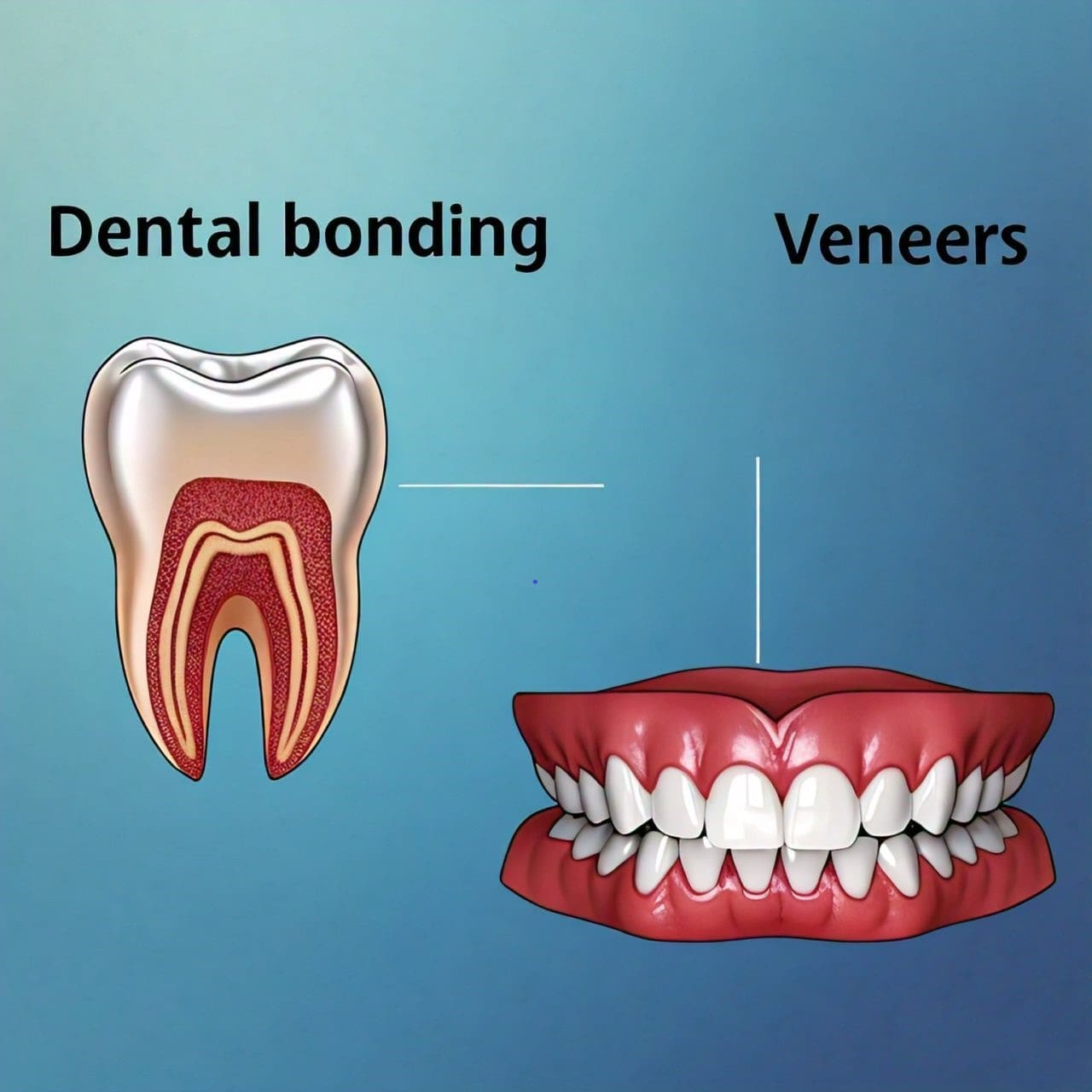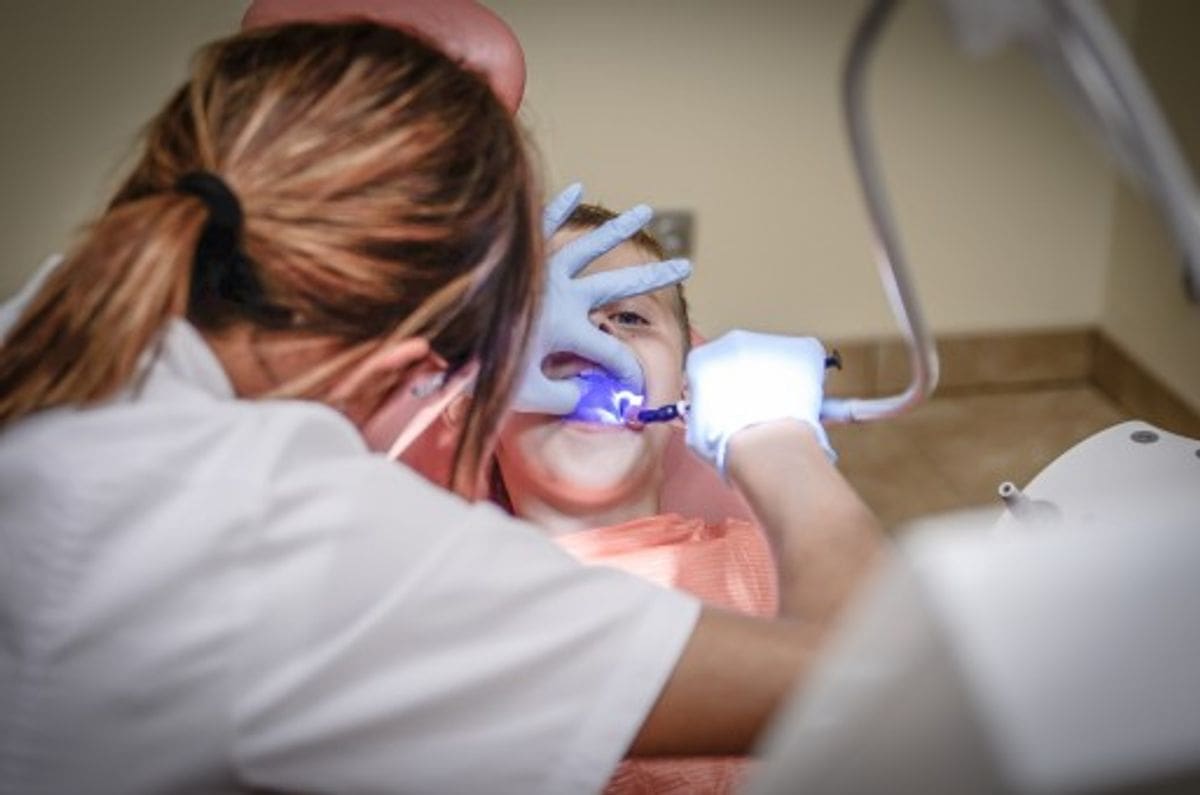The Benefits of Invisalign: A Clear Solution for Straighter Teeth
Invisalign has revolutionized the field of orthodontics by offering a clear, comfortable, and discreet alternative to traditional metal braces. This innovative treatment uses a series of custom-made, clear aligners to gradually straighten teeth, providing numerous benefits for patients seeking an attractive smile without the hassle of metal brackets and wires. In this comprehensive guide, we will explore the benefits of Invisalign, the treatment process, and why it has become a popular choice for both teens and adults.
The Invisalign Treatment Process
Invisalign treatment involves several steps, from the initial consultation to the final results. Here is an overview of the process:
- Initial Consultation: The first step in the Invisalign process is a consultation with an Invisalign-trained dentist or orthodontist. During this visit, the dentist will evaluate your oral health, discuss your treatment goals, and determine if Invisalign is the right option for you. They will take digital impressions or scans of your teeth to create a customized treatment plan.
- Custom Treatment Plan: Using advanced 3D imaging technology, your dentist will create a digital model of your teeth and map out the precise movements needed to achieve the desired alignment. This treatment plan includes a series of custom-made aligners designed to gradually shift your teeth into their proper positions.
- Aligners Fabrication: Once the treatment plan is finalized, the custom aligners will be fabricated using medical-grade, BPA-free plastic. Each set of aligners is designed to be worn for about one to two weeks before progressing to the next set in the series.
- Wearing the Aligners: You will need to wear the aligners for 20-22 hours per day, removing them only for eating, drinking, brushing, and flossing. The aligners are nearly invisible, making them a discreet option for orthodontic treatment. As you progress through the series of aligners, your teeth will gradually move into the desired positions.
- Regular Check-Ups: Throughout the treatment, you will have regular check-ups with your dentist to monitor your progress and ensure that your teeth are moving as planned. These appointments typically occur every six to eight weeks.
- Completing Treatment: Once you have completed the series of aligners, your dentist will assess the final results and determine if any additional aligners are needed to achieve the desired outcome. In some cases, a refinement phase may be necessary to make minor adjustments.
- Retainers: After completing the Invisalign treatment, you will need to wear retainers to maintain your new smile. Retainers help prevent your teeth from shifting back to their original positions and are typically worn at night.
Benefits of Invisalign
Invisalign offers numerous benefits compared to traditional braces, making it an attractive option for many patients. Here are some of the key advantages:
- Aesthetic Appeal: One of the most significant benefits of Invisalign is its aesthetic appeal. The clear aligners are virtually invisible, allowing you to straighten your teeth discreetly. This is particularly appealing for adults and teens who may feel self-conscious about wearing metal braces.
- Comfort: Invisalign aligners are made from smooth, medical-grade plastic, making them more comfortable to wear than traditional braces. There are no metal brackets or wires to irritate your cheeks and gums, reducing the risk of discomfort and sores.
- Removability: Invisalign aligners are removable, allowing you to eat, drink, brush, and floss without any restrictions. This means you can enjoy your favorite foods and maintain your oral hygiene routine with ease. The ability to remove the aligners also makes it easier to clean them, ensuring they remain clear and odor-free.
- Predictable Results: The advanced 3D imaging technology used in Invisalign treatment provides a precise and predictable treatment plan. You can see a digital preview of your expected results before starting the treatment, giving you confidence in the outcome.
- Fewer Dental Visits: Invisalign treatment typically requires fewer dental visits compared to traditional braces. With fewer adjustments and no need for emergency visits due to broken brackets or wires, Invisalign can be more convenient for busy patients.
- Improved Oral Hygiene: Since the aligners are removable, it is easier to maintain good oral hygiene during treatment. You can brush and floss your teeth as usual, reducing the risk of plaque buildup, cavities, and gum disease. This is a significant advantage over traditional braces, which can make oral hygiene more challenging.
- Effective for Various Dental Issues: Invisalign is effective for treating a wide range of dental issues, including crowding, spacing, overbite, underbite, and crossbite. While severe cases may still require traditional braces, many patients with mild to moderate orthodontic issues can achieve excellent results with Invisalign.
- Customization: Invisalign treatment is highly customized to each patient’s unique needs. The aligners are designed to fit your teeth precisely, ensuring optimal comfort and effectiveness. The treatment plan is tailored to achieve your specific orthodontic goals, resulting in a personalized and efficient treatment experience.
Invisalign for Teens
Invisalign is also a popular choice for teenagers who need orthodontic treatment. Invisalign Teen aligners come with several features designed specifically for younger patients:
- Compliance Indicators: Invisalign Teen aligners include blue compliance indicators that fade over time, helping parents and dentists monitor whether the aligners are being worn as recommended.
- Replacement Aligners: Invisalign Teen treatment plans typically include several free replacement aligners to account for lost or damaged aligners, ensuring that treatment stays on track.
- Accommodating Growing Teeth: Invisalign Teen aligners are designed to accommodate the eruption of new teeth, making them suitable for teens whose mouths are still developing.
Conclusion
Invisalign offers a clear, comfortable, and discreet alternative to traditional braces, providing numerous benefits for patients seeking to straighten their teeth. The treatment process involves custom-made aligners that gradually move your teeth into their desired positions, with predictable and effective results. The advantages of Invisalign include aesthetic appeal, comfort, removability, improved oral hygiene, and fewer dental visits. Invisalign is also suitable for a wide range of dental issues and offers customized treatment plans tailored to each patient’s unique needs. For teenagers, Invisalign Teen provides additional features to ensure successful treatment. If you are considering orthodontic treatment, consult with an Invisalign-trained dentist to determine if Invisalign is the right option for you. With Invisalign, you can achieve a beautiful, straight smile discreetly and comfortably.









